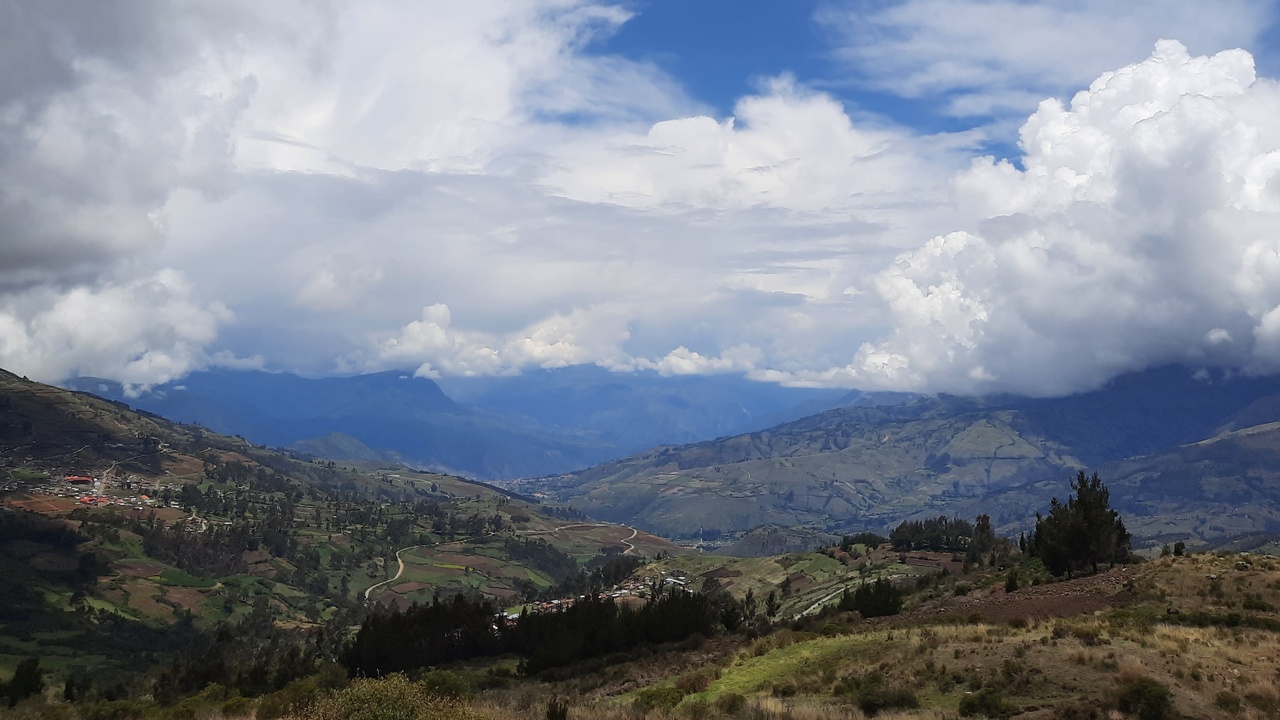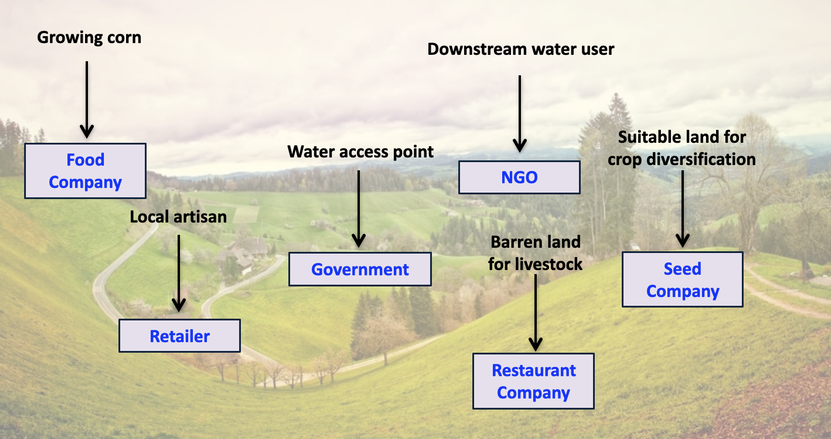What Really Is "Cross-Sector Collaboration" for "Systems Change" and Why Does it Matter?

If you have heard or seen the terms “cross-sector partnership”, “multi-sector partnership”, “pre-competitive collaboration” or “systems change” and weren’t completely clear what each of these terms meant for your business, you are not alone.
When partnership practitioners talk about each of these concepts, they are talking about ways to encourage businesses to work with each other, in some cases outside of their comfort zone or with competitors, to address a systemic (i.e. widespread) problem that is bigger than the challenges one business faces alone.
Take, for example, access to clean water in areas where water sources are effected by changes in weather patterns, agricultural activity, industrial processes or government regulation. For a company working in this region, or sourcing products or human capital, inconsistent access to water can be devastating. Individuals without consistent access to water suffer health challenges, disease and instability that can lead to violence and even death. This is even more pertinent now, during the time of COVID.
So, how does cross-sector partnership, or pre-competitive collaboration create “systems change” or address systemic problems that threaten to undermine an entire population’s stability?
I’ve often turned to the picture below to explain.
When partnership practitioners talk about each of these concepts, they are talking about ways to encourage businesses to work with each other, in some cases outside of their comfort zone or with competitors, to address a systemic (i.e. widespread) problem that is bigger than the challenges one business faces alone.
Take, for example, access to clean water in areas where water sources are effected by changes in weather patterns, agricultural activity, industrial processes or government regulation. For a company working in this region, or sourcing products or human capital, inconsistent access to water can be devastating. Individuals without consistent access to water suffer health challenges, disease and instability that can lead to violence and even death. This is even more pertinent now, during the time of COVID.
So, how does cross-sector partnership, or pre-competitive collaboration create “systems change” or address systemic problems that threaten to undermine an entire population’s stability?
I’ve often turned to the picture below to explain.

Imagine a community in a semi-arid, somewhat rural location in the foothills of the Andes Mountains. This community benefits from access to water when the rains are predictable. When they aren’t, the water sources dry up. From this community, an international food company sources a special kind of corn that they use in canned vegetable mixes. A globally known retailer works with a small cooperative of women artisans to source jewelry that is sold in their stores. The local government manages the safety of the local water access point, and in partnership with a conservation nonprofit, helps manage downstream water availability and water health from the local mountain range. A regional restaurant sources meat from the livestock farmers nearby. Finally, a seed company works with farmers keen to try new techniques to diversify their land use and hopefully their income. The actors involved in this community are diverse and represent local, regional and global interests.

The point about cross-sector collaboration comes in when we ask whether any of these actors are engaging with EACH OTHER. For example, does the international food company consider how sourcing corn may or may not take away from land suitable for diversification, or grazing by livestock? Does the retailer know if the artisans from whom they are sourcing jewelry also grow corn that is sold to the food company? Do the government actors and seed companies communicate to ensure that regulations don’t impact sustainable land development or that land development doesn’t interfere with safe water usage? Is there an efficient way for each of these actors to engage with each other to support sustainable land development, production AND safe water supply? THAT’s the key behind cross-sector collaboration for systems change.
Communication among actors in a certain geographical region should be consistent, regardless of sector, positioning or interest. Only by coordinating investments, actions, policies and programs can true systems change be effective. This is hard enough as it is when times are good, food is plentiful, water is available and communities are at peace and harmony. When markets are stable, and systems are operating to positively impact communities, businesses, governments and civil society, it is almost easy to get actors to collaborate, listen and engage. Though not always. This effort of collaboration is made even more challenging, and one would argue near impossible, when systems are breaking down. When water isn't available, or incomes are unstable, civil unrest is a concern or markets don't function, collaboration is absolutely essential in order to ensure resources are being used appropriately and for the right reasons.
In certain "shock" scenarios, for example in our diagram, when water is in short supply, actors may act hastily, and make decisions that impact only themselves. The corn sourcing company may pull out of the region entirely, looking for a new place to source that is water abundant. The conservation nonprofit may need new funding to help pump more water in from the mountain communities, without engaging with the government on their plans. The local artisans may decide to focus on a new business around water pump distribution, and leave retailers without their orders. That is NOT systems change collaboration. Instead, if these actors work in partnership, and collaborated with each other to advance systemic solutions that help all of them and the communities too, addressing economic, environmental or social shocks could be made marginally easier. This is no small task, but with the right backbone coordination, whether from the local government or external actors, it's doable.
Finding ways to work together pre-competitively, cross-sector, and to advance systems change, will be especially critical as the global economy tries to work itself back from the current COVID crisis, while keeping all of our people safe and healthy. Providing access to basic necessities will be in urgent demand. As will relying on governments, companies, civil society and individuals to communicate with each other, and work together to advance programs that have positive economic and social outcomes.
Cross-sector collaboration will also be needed more and more as we approach 2030, the year the current UN Sustainable Development Goals (SDGs) will be evaluated. Will we have reached a point where our actions have allowed for greater systemic change by then? If corporate leaders, government actors, civil society decision makers and others engaged in regions where there are complex needs, business interests, markets and resources at play in development contexts, work together in coordination, significant change is not only possible, it’s inevitable.
Stay connected with news and updates!
Join our mailing list to receive the latest news and updates from our team.
Don't worry, your information will not be sold or shared.

